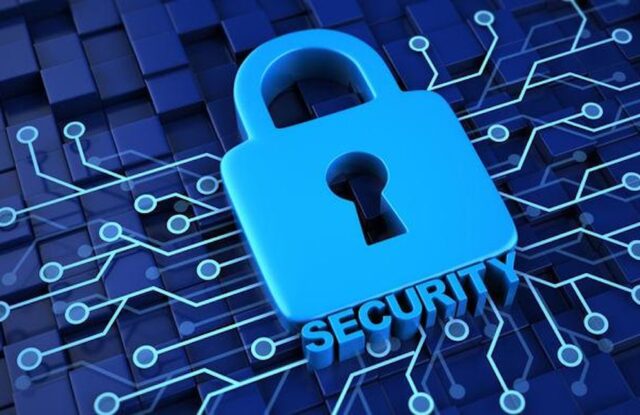Internet Security

Internet security refers to the measures and practices taken to protect systems, networks, and data from various online threats, unauthorized access, and malicious activities. It encompasses a wide range of strategies and technologies designed to ensure the confidentiality, integrity, and availability of information on the internet. Internet security is crucial as individuals, businesses, and organizations increasingly rely on online platforms and networks for communication, transactions, and data storage. Key components of internet security include:
Authentication: Verifying the identity of users and devices is essential for preventing unauthorized access. Authentication methods include passwords, biometrics, two-factor authentication (2FA), and multifactor authentication (MFA).
Firewalls: Firewalls act as barriers between a secure internal network and external, potentially untrusted networks like the internet. They monitor and control incoming and outgoing network traffic, blocking or allowing data based on predetermined security rules.
Encryption: Encrypting data ensures that even if it is intercepted, it remains unreadable without the proper decryption key. This is crucial for protecting sensitive information during transmission (e.g., through secure communication protocols like HTTPS) and storage.
Antivirus and Anti-malware Software: These programs detect, prevent, and remove malicious software, including viruses, worms, trojans, and other types of malware, to safeguard systems from infections.
Intrusion Detection and Prevention Systems (IDPS): IDPS monitor network and system activities for signs of malicious behavior or security policy violations. They can detect and respond to potential threats, preventing unauthorized access or attacks.
Virtual Private Networks (VPNs): VPNs create secure, encrypted connections over the internet, allowing users to transmit data privately and securely while using public networks. This is especially important for remote workers accessing sensitive corporate information.
Regular Software Updates: Keeping software, operating systems, and applications up to date is crucial for patching security vulnerabilities. Software updates often include security patches that address known vulnerabilities and enhance overall system security.
Secure Sockets Layer (SSL) and Transport Layer Security (TLS): SSL and TLS are cryptographic protocols that provide secure communication over a computer network. They are commonly used to secure data transmitted between a user's web browser and a website, ensuring privacy and data integrity.
Security Policies and User Education: Establishing and enforcing security policies helps define acceptable behavior and practices. Educating users about potential risks, safe browsing habits, and security best practices is also vital in preventing security breaches.
Backup and Recovery: Regularly backing up important data and having a reliable recovery plan in place is essential for mitigating the impact of data loss due to cyberattacks, hardware failures, or other unforeseen events.
Internet security is an ongoing process that requires a combination of technology, policies, and user awareness to effectively mitigate the evolving threats present in the online environment. A comprehensive approach to internet security involves addressing vulnerabilities at multiple levels to create a robust defense against cyber threats.
Thank You,